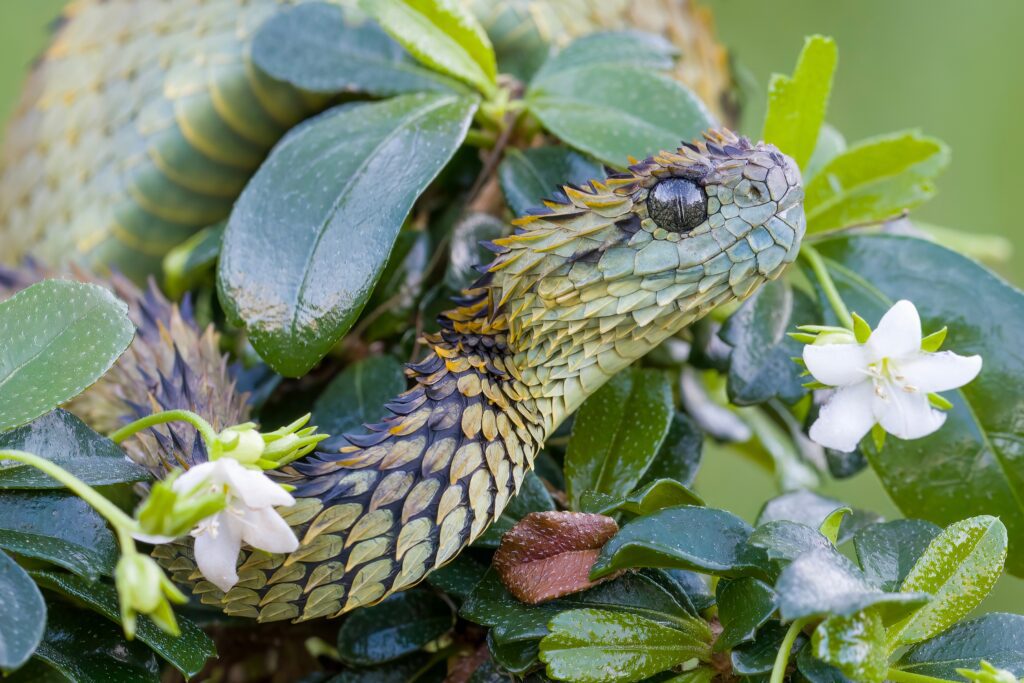This World Snake Day we celebrate snake diversity with a list of snake facts, from venom composition to an ancient snake, that you may not know about…
Smallest to Longest: The Record-Breaking Snakes of Past and Present
The smallest species in the world is the Barbados threadsnake (Tetracheilostoma carlae) with an adult size of 10 cm and the thickness of a spaghetti strand. The longest is the reticulated python (Malayopython reticulatus) that regularly exceeds 6.25 m. This may seem large but would be dwarfed by its ancestor, the Titanoboa (Titanoboa cerrejonensis), which is estimated to have been around 13 m long and weighed over a ton!
Movement Mastered by Hundreds of Ribs
Despite not having legs, snakes can move in multiple different ways. The most common movement is side to side undulations, where the head faces forward and the body pushes forward from S-shaped loops. This is only possible due to snakes having up to 500 ribs, the most of any land animal, providing them with high flexibility and strength.
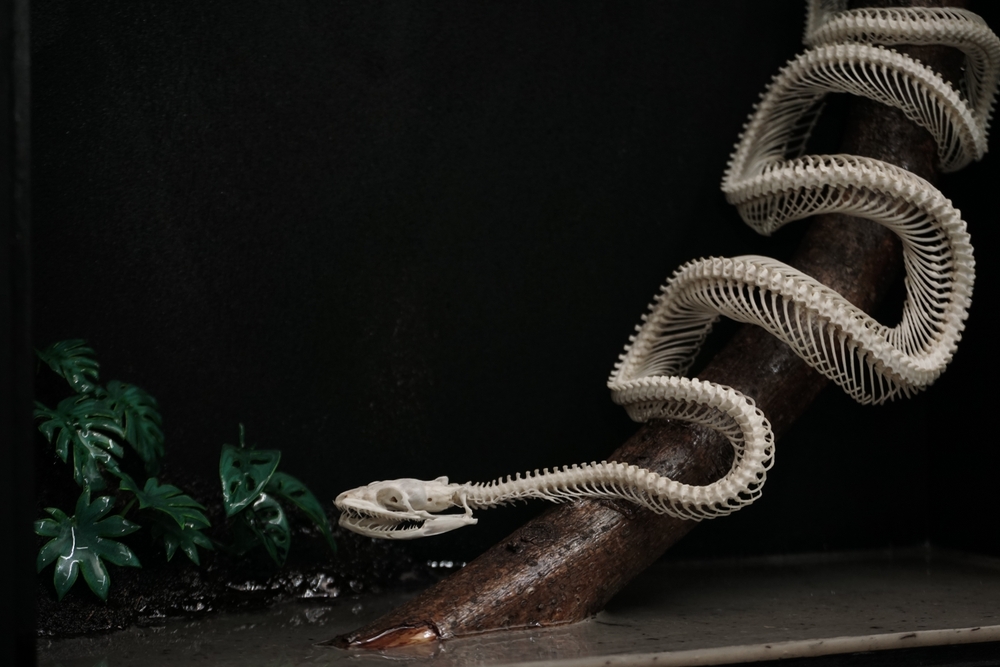
The Tiny Hidden Legs of Snakes
Some snakes haven’t completely lost their legs! Particularly evident in larger boas and pythons, small spurs can be found where hind limbs would have been by the snakes’ cloaca. These are known as vestigial legs and, although they serve no purpose now, they demonstrate that snakes evolved from lizard ancestors that did posses legs.
Snakes Taste the Air Around Them
Everyone knows snakes flick their tongues, but why are they doing it? When a snake flicks its tongue, it collects chemical compounds in the air which are pressed to an organ in its nasal cavity. This organ, known as the Jacobson’s organ, can detect the chemical compounds collected on the tongue, providing information about the snake’s surroundings. Humans also possess a Jacobsons organ although it is believed to be non-functional.
Snakes can be Venomous and Poisonous
Venom is injected into the body whereas poison is ingested. Venomous snakes are well-known, but are there poisonous snakes as well? Like poison frogs, some snakes can become poisonous from the food they eat by accumulating toxins. Garter snakes, Keelback snakes and Yamakagashi (Rhabdophis tigrinus) can all become poisonous from eating toxin-containing toads and newts. These species also possess varying levels of venom – no biting or being bitten!
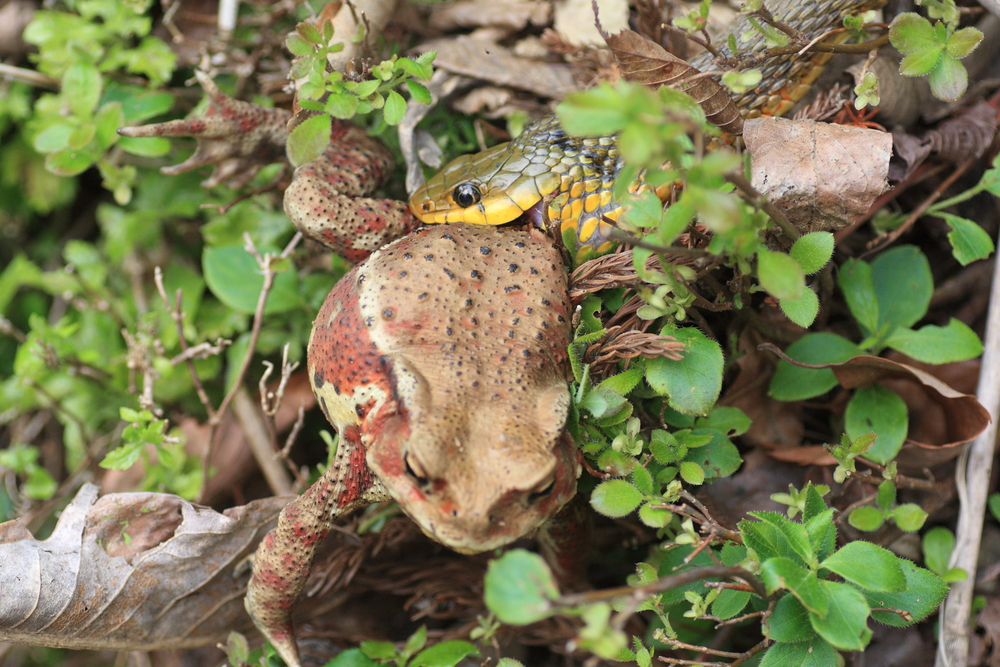
When Venom Saves Lives
Snake venom can contain treatments for different illnesses and conditions. It may sound like an oxymoron but it makes perfect sense. Many snake venoms have evolved to interact very specifically with the mammalian body to cause an effect. By identifying which venom component has what effect on the body, it can be used as a starting point for drug development. This is how the first drug to inhibit angiotensin-converting enzyme (ACE), lowering blood pressure, was created. Noticing field workers bitten by the Jaraca Pit viper (Bothrops jararaca) often fainted due to a drop in blood pressure, their venom components were quickly investigated. After careful tweaking, Captopril was created and has been approved for medical use since 1980.
Snakes can Clone Themselves
The Brahminy Blind Snake (Indotyphlops braminus) is one of the most unusual reptiles in the world – not because of how it looks, but because of how it reproduces. This tiny, burrowing species is the only known snake that reproduces asexually exclusively through obligate parthenogenesis. This means all known individuals are female, and they reproduce by creating offspring that are exact genetic copies of themselves without the need for a male.
This reproductive strategy has made the Brahminy Blind Snake incredibly successful at spreading globally. Often transported in soil and plant material, it’s now found across much of the tropics and subtropics, earning it the nickname “flowerpot snake”.
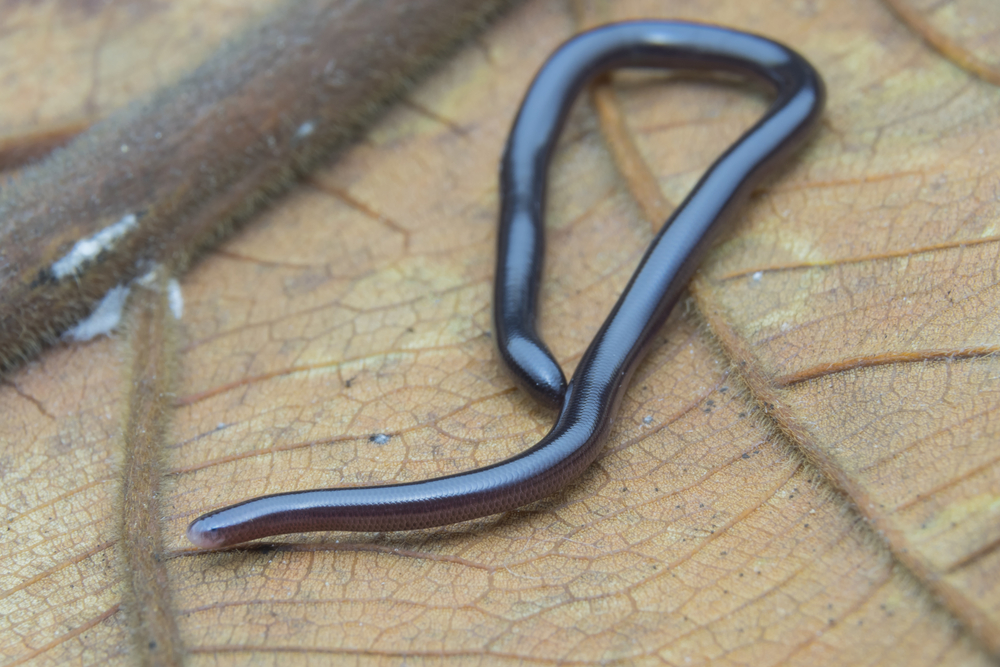
Some Snakes Lay Eggs Inside Their Bodies
While many snakes lay eggs, some species – like garter snakes (Thamnophis spp.) and rattlesnakes (Crotalus spp.) – take a different approach. These snakes are ovoviviparous, meaning they retain eggs within their bodies until the young are ready to hatch, resulting in live birth. Unlike mammals, there’s no placental connection – the embryos rely entirely on yolk for nourishment.
This reproductive strategy offers key advantages in challenging environments. By keeping the developing young inside, the mother can regulate their temperature and shield them from external threats. This is especially beneficial in cooler or variable climates such as the northern U.S. and Canada, montane and alpine regions like the Rockies and Andes, or areas with unpredictable weather such as parts of the Southeastern U.S. Live birth helps ensure that more offspring survive to slither another day.
Some Snakes Eat Other Snakes – Even the Venomous Ones
Some snakes don’t just compete with others – they eat them. These cannibalistic predators are known as ophiophagous, meaning “snake-eating,” and they have evolved to hunt and consume other snakes, including venomous ones.
One standout group is the kingsnakes with “king” referring to their position at the top of the snake-eating chain. Kingsnakes are resistant to the venom of pit vipers and are known to take on and devour snakes like rattlesnakes (Crotalus spp.), copperheads (Agkistrodon contortrix) and even other kingsnakes.
But if kingsnakes are impressive, the Malayasian King cobra (Ophiophagus hannah) takes things to another level. Its scientific name literally means “snake-eater,” and with good reason: around 70–80% of its diet consists of other snakes. This includes rat snakes, pythons and even other venomous species. Its size, speed and potent venom make it one of the most specialised and successful snake predators in the world.
Some Snakes “Play Dead” So Well They Bleed From the Mouth
When faced with danger, snakes such as the hognose snake (genus Heterodon) don’t strike – they play dead. But this isn’t just simple stillness; it’s a highly specialised defence called thanatosis, or death-feigning. This includes flipping onto their back, opening the mouth, letting the tongue hang out, releasing a foul-smelling musk, and occasionally exuding frothy or blood-like fluid from the mouth. Why go to such dramatic lengths? Because mimicking death or severe illness can be a remarkably effective way to convince predators that the snake is not worth eating.
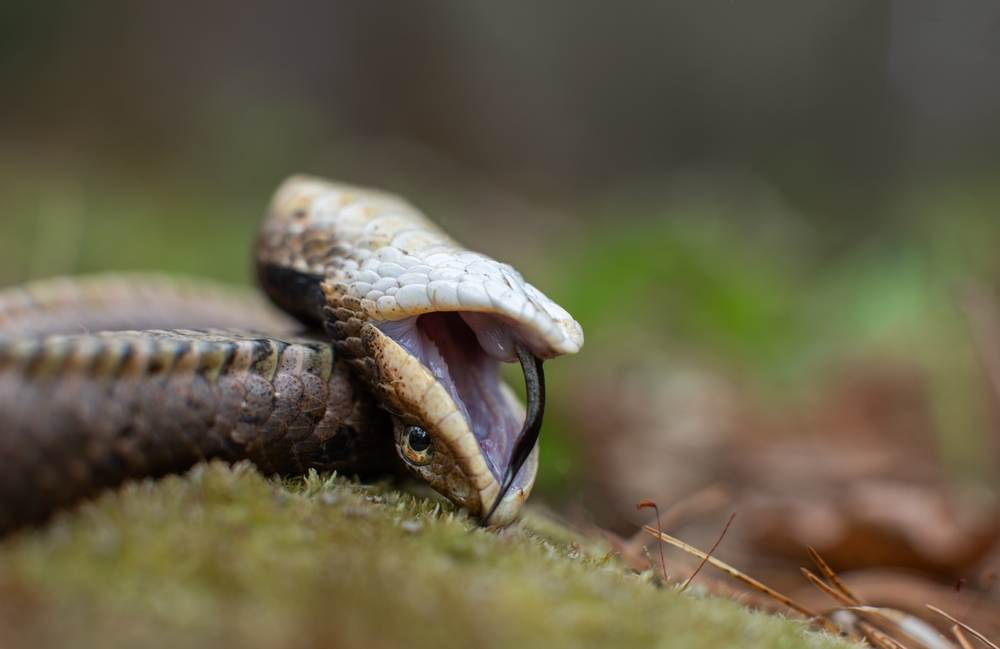
By Adam Colyer and Sanya Aggarwal
